 By Deepu George October 10, 2019
12 min read
By Deepu George October 10, 2019
12 min readHow to turn my E-commerce store into a mobile commerce app ?
With the dream of capturing the market and heart of the audience, e-Commerce businesses are switching to e-commerce mobile app. This will not only help in attaining the goals but also in brand promotion with global coverage. A lot of startups are gearing for the e-commerce competition targeting the approaches with setting their priority of mobile-first and website-second.
With the dream of capturing the market and heart of the audience, e-Commerce businesses are switching to e-commerce mobile app. This will not only help in attaining the goals but also in brand promotion with global coverage.
A lot of startups are gearing for the e-commerce competition targeting the approaches with setting their priority of mobile-first and website-second.
People are reluctant to spend their precious time standing in long queues during offers and heavy discount days. With a mobile commerce app, they can heave a sigh of relief. Don’t you believe this?
Statista’s reports support this statement and provide a stunning forecast for mobile e-commerce sales worldwide.

With the tremendous growth of e-commerce backed with the power of VR and AI technologies, it is sure that the e-commerce field will cruise ahead over the years. There is no surprise that businesses would like to opt for an e-commerce mobile app in the pursuit of attaining their goals. This blog is aimed for goal-oriented businesses that are looking to get a mobile e-commerce app developed with the help of the latest tools and technologies.
Since e-commerce will rule the future and we are aiming to help out businesses to get their first mobile e-commerce app, we will be covering:
A guide to developing your own E-commerce mobile app
The Features of an E-commerce mobile app
With a lot of investments and expectations from the retail e-commerce sales in the coming years, let us dive into the details of how we can leverage the power of m-commerce.
A guide to developing your own E-commerce mobile app
The day you decide about having a mobile app for your ecommerce store, your perspective should be clear and crisp about the e-commerce app. The factors that you need to keep in mind are:
- The type of app you need. That can be Android or iOS.
- The product type.
- The target audience.
- The brands you have planned to target.
Once you go through these steps, the next step is to work on the features of your mobile app. Features are crucial as they contribute to the making or breaking of your app. The audience should get tuned with the app features which it didn’t happen would affect the revenue growth of the business.
The Right Technology

Jot the points that are relevant for deciding the right technology for your e-commerce app. You need to have:
- A budget
- Inventory information
- The CMS Platform (You have to go through research to select the best one as per your requirements)
- Framework
- Database
- Backend and Front-end Languages for coding the app
- The platform depending on the usage of the app by your target audience (Android or iOS)
Design the UI & UX

Where do you see your app? Every e-commerce business store owner wants their mobile app to walk through the gates of fame. Therefore, the app deserves to have soothing color schemes, smooth transitions, and eye-pleasing visuals while switching from one page to another.
Getting a new look for the website is a great idea. But experimenting with the mobile app is not advisable as it may affect your user experience of your e-commerce store.
You are using the existing website that the users are familiar with. Therefore, it is recommended to have a similar look throughout the network of eCommerce websites and mobile apps.
Branding is all about how one makes it appealing. The feel has to be consistently significant to your brand throughout the process. The display of the eCommerce website with the trademark should be at least approximately similar for building trust among your users.
Another important point is to design logos for your business and work upon a smart tact for hindering to the minds of your target audience.
Buyer Persona

The vital ingredients to increase the conversion rates are:
- Intimacy
- Authenticity
- Trust
These factors rest within the spectrum of personalization.
Therefore for effective personalization, you have to know your target audience and for this, creating buyer personas would serve your purpose.
If you want your business to outshine others in the market, then adopting the practice of developing Buyer Persona is of utmost importance. The product development is related to the audience you are going to get involved with.
One of the key takeaways from this section is that a buyer persona will never let you down as it gives you the opportunity to identify your customers and their requirements and helps in accurately address the queries raised by the customers.
Some of the important points that can be included in the Buyer’s persona are:
- Name
- Demographics
- Educational Background
- Background Story connecting to your brand
- Psychographic Information
- Motivation and Values
- Picture of the Buyer
Market Analysis

It is vital to know your target audience, their likes-dislikes, and the process they have been practicing to deal with the digital age. Knowing about their behavioral patterns will help in developing an app catering to their basic requirements.
Market analysis is not only for assessing the market in terms of quality and quantity but also to demonstrate the expertise of your particular market with the factor of attractiveness from a financial point of view.
Market analysis gives you a clear picture of:
- The market
- Whether the market is capable of building a sustainable business
Market analysis can be rounded off with:
- Demographics and Segmentation
- Target Market
- Market Need
- Competition
- Barriers to Entry
- Regulation
Competitor Analysis

As famously quoted, “Learn from your competitors”, keeping knowledge about what and how your competitors do is of prime importance. Their processes, methodologies, the way they grab the attention of the users, and other such details will help you out to get maximum results. Try to build notes on your observation and follow keenly but do not copy!
Quality Product Image

Customers always get attracted by the product images. Therefore to convince the customers about your product, your app must hold the capacity to display high-resolution images of the products.
The customers should be able to take a closer look at the product and this is possible by embedding the zoom feature.
Seamless Integration of APIs

The data exchanges take place through API as there is an absence of a closed connection between the various components of the app and the database.
The developers create multiple APIs when a mobile shopping cart has to be created from an eCommerce website.
For the smooth functioning of the application, it is essential to perfectly integrate the APIs. This further promotes the security of both the server and the user devices.
The Features of an e-commerce mobile app

The System will have three panels:
- Customer Panel
- Vendor Panel
- Admin Panel
Customer Panel :
- The customer panel should comprise of the following features:
- Register/Sign-in
- Find Stores
- Advanced Search
- View Offers
- Product List
- Loyalty Programs
- Shipment Tracking
- Product Details
- Add to Cart
- Image & Video gallery of products
- Add product to wishlist
- Same day product delivery
- Multiple payment options
- Voice search
- Image Search
- Return/Exchange product
- Rate Product
- Discount Codes
- AR Tool
- Instant checkout
- Personalized Photo Gallery
- Product Comparison Tool
- Buy on EMI
- Personalized Results
- e-Gift Card
- Manage Profile
- Live Chat
- Notifications
Vendor Panel :
- The vendor panel includes the following features:
- Registration/Login
- Active Subscription Plan
- Manage profile/Set up stores
- Manage catalog/orders
- Import product
- Automatic adjustment of Inventory on sale
- Payment accounting
- User Review
- Reporting Tools
- Notifications & Alerts
Admin Panel :
- The admin panel comprises of:
- Login with Login ID & Password
- Dashboard
- Manage Users (Customer/Seller)
- Manage Product category/subcategory
- Manage Promotions, Rewards, Points
- Manage Payment
- Manage referral/invites
Features that need attention!
- Social Media Login : Make the life of customers easier by allowing them to log in through their social media accounts.
- Multiple payment options : You lose your regular customers if you don’t accord them with the payment option of their choice. Let them choose from a wide range of options like credit cards, debit cards, e-wallets, and net banking.
- Push Notifications : Push notifications highly influence the mobile app’s success as they remind the customers of discounts, referrals, sales, promos, and offers. This attracts the customers and makes them come back repeatedly thus increasing the revenue collection of the app.
- Search Products with QR code : Allow customers to get info about a product by simply scanning the QR or barcode on the product.
- CRM Integration : Enhance your marketing tacts by triggering email and SMS regarding new deals and promotional offers.
- Payment gateway : Make transactions easier by integrating Payment API into the app. Some popular payment gateways available are Stripe, PayPal, Adyen, Payline, Authorize.Net to name a few.
- Auto tax calculation : Let your app calculate the tax of all the products automatically by integrating a Tax calculation API into the system.
- Support for Multi-currency : With the currency convert API integrated into the app, users can easily convert the currency.
- Price comparison : Get the price of an item from other e-commerce stores with the price comparison API integrated into the app.
- Easy Checkout : Before making the final decision, users tend to scroll and compare a lot of products. Once they are satisfied with their decision, they want the process to be as fast as possible. By making provisions to save their e-wallet and card details, they are guided to the payment gateways quicker.
- Easy Product Navigation : Your app should be able to accord the customers with smooth navigation through the products and pages. Searching a product shouldn’t be a herculean task for them.
- Review and Rating : As an owner of your e-commerce store, you should be positive towards the product ratings and feedback by the customers. Accord your customers with the power of reviewing the product and also rate your app. Once the customers are sure about the importance of their opinion, they become your loyal contributors in the success of your business.
- Live Chat Support : Always be available to your customers through live chat support and openly discuss any form of a query of the Customers.
- Augmented Reality View : This is something that excites the customer. They get an AR view of the product they desire and get the feel of the product sitting at home.
- Tracking order in Real-time : Permit your customers to track their orders in real-time with live updates like ETA and status shifts.
- Personalization : The users with this feature can get results on the basis of factors like location, culture, order history, browsing behavior, and preferences.
- Reporting & Analytics : Every app owner desires to have knowledge about the status of their e-commerce business. With this feature, the admin is frequently allowed to analyze the overall summary of the app. This includes registered users, orders, products, etc.
Wrapping it up!
E-commerce mobile app depends on numerous factors like basic and advanced features, the number of platforms whether Android, iOS, Windows or all the three, the location of the E – commerce mobile app development company. The market is flooded with e-commerce mobile apps. To distinguish your identity in this pool of competition, the process and features suggested above should be followed. With a customer-centric approach, you can accord your e-commerce business with an e-commerce mobile app that would not only attract customers but also retain them. Thus your app with these guidelines will be a feature-rich mobile app driving mobile commerce at a new level.
Author Bio


 Facebook
Facebook Whatsapp
Whatsapp LinkedIn
LinkedIn Pinterest
Pinterest



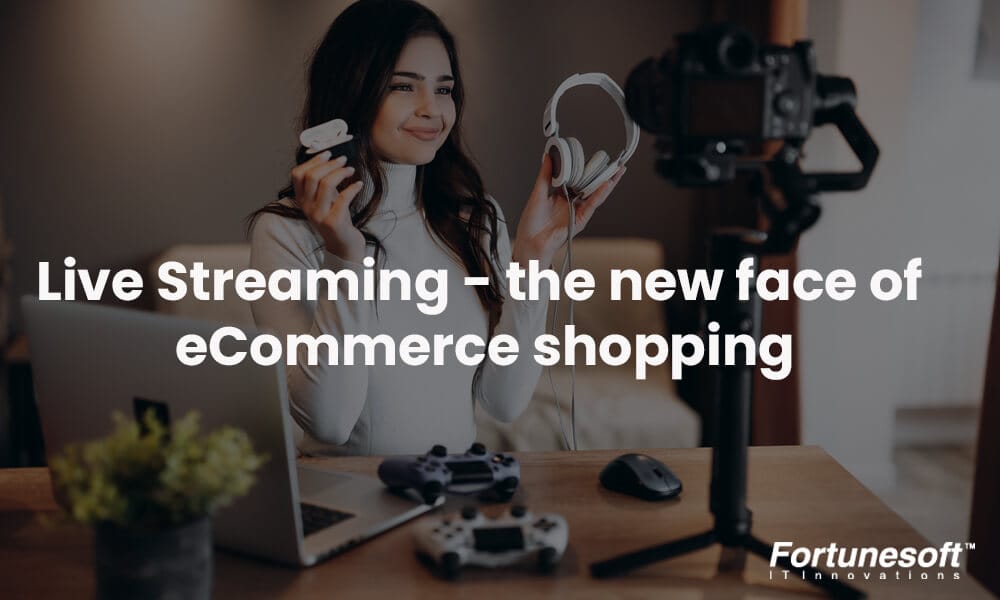

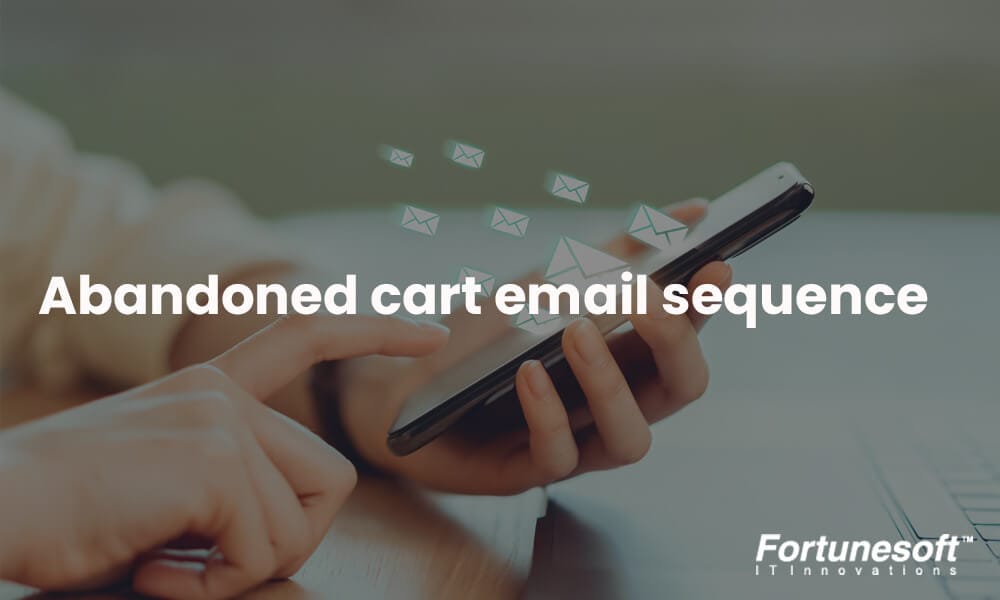


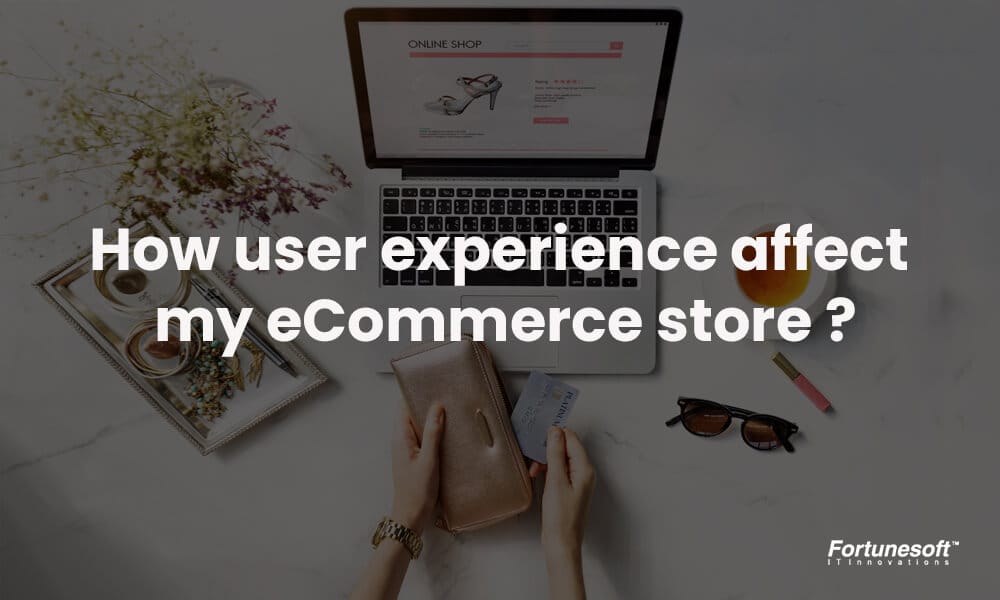
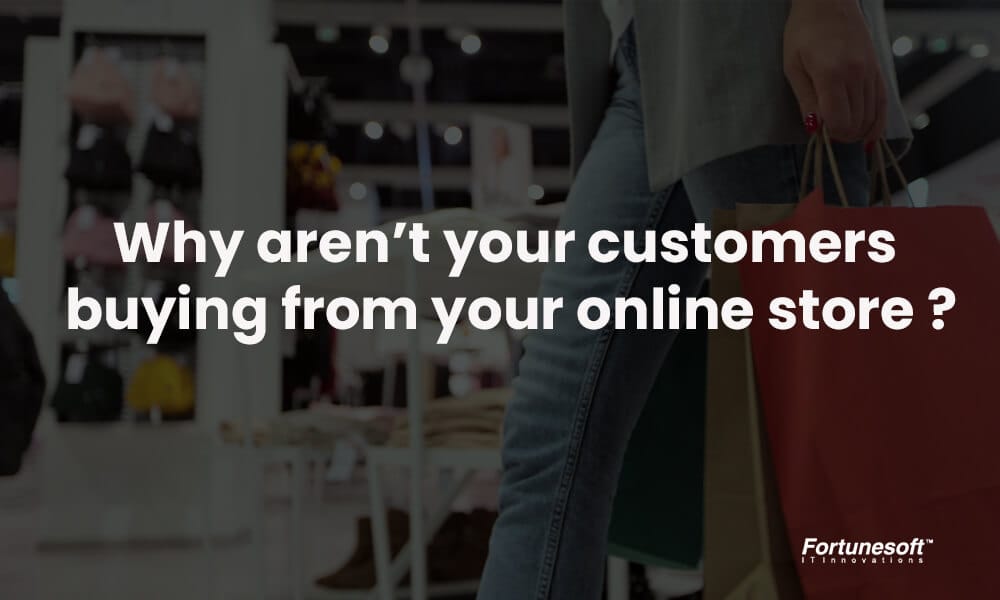
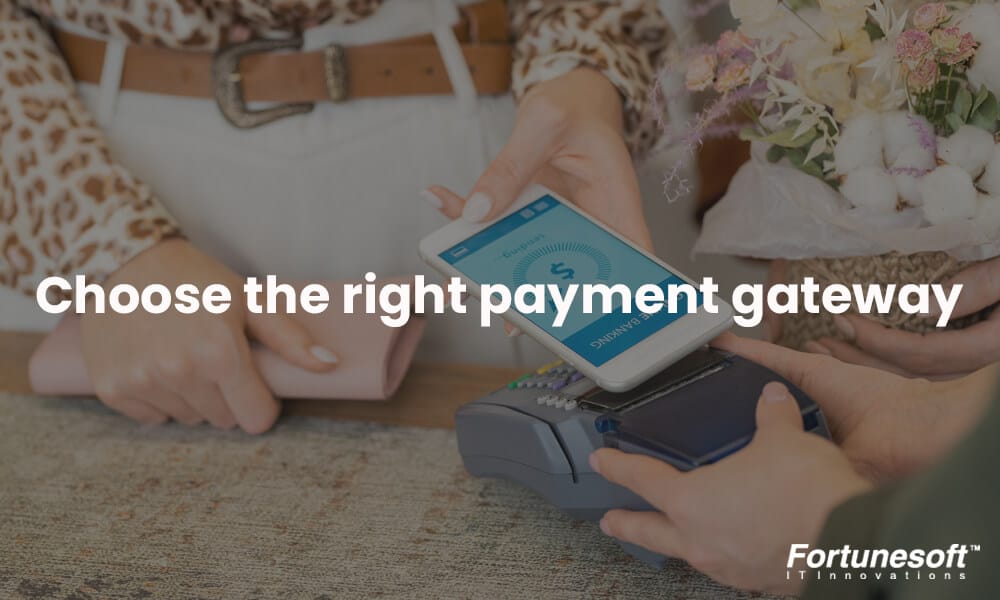

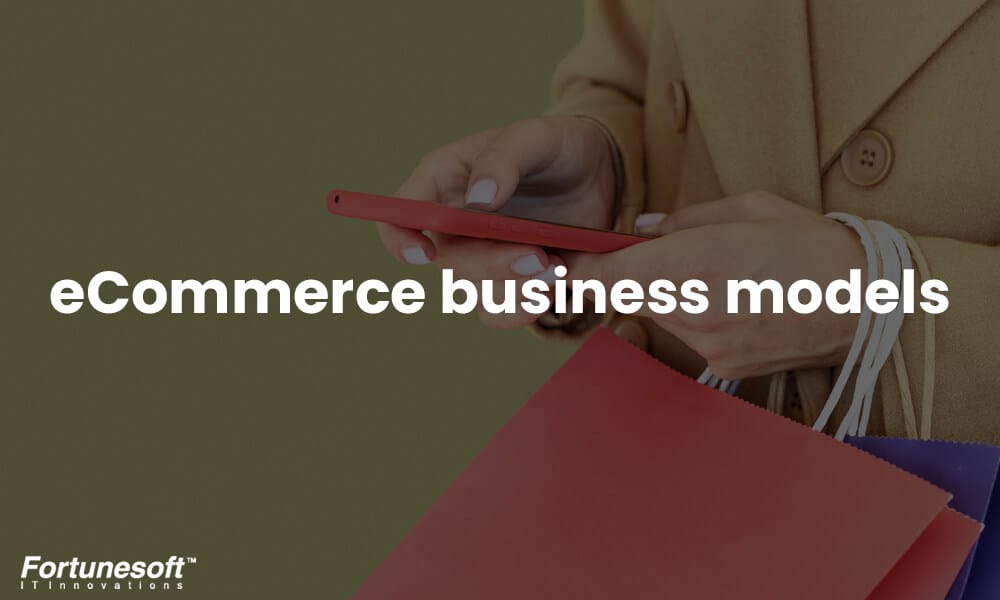

 Start Chat
Start Chat